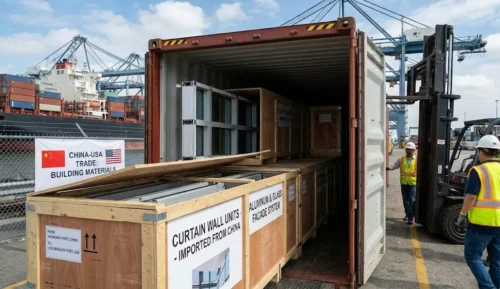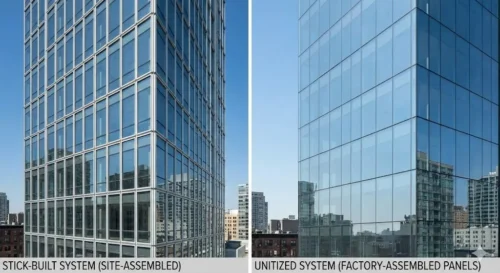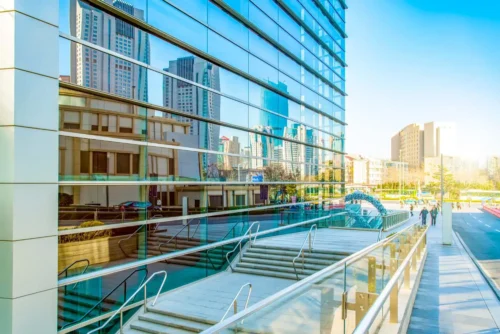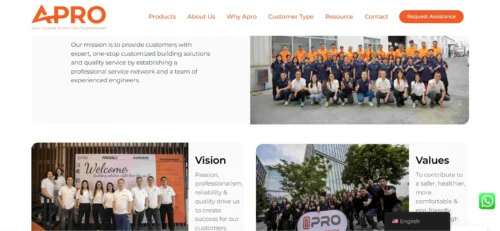Aluminium sliding doors are a sleek and practical way to connect indoor and outdoor spaces, allowing natural light and fresh air to flow freely.

But to enjoy their full benefits, it’s important to choose the right size—one that fits your layout, looks great, and functions smoothly.
In this guide, we’ll explore standard door sizes, custom options, and how to measure accurately so you can find the perfect fit for your home.
Standard Aluminium Sliding Door Sizes
Understanding standard sizes helps you pick the right aluminium sliding door without needing full customization. Here’s a quick breakdown of common options and where they work best:
2-Panel Sliding Doors

Widths: 1500mm, 1800mm, 2100mm, 2400mm
Height: Typically 2100mm to 2400mm
Best for: Bedrooms, patios, balconies, and smaller spaces
Why choose: Compact, functional, and easy to install
3-Panel Sliding Doors

Widths: 2700mm, 3000mm, 3600mm
Height: Typically 2100mm to 2400mm
Best for: Living rooms, dining areas, and wider wall openings
Why choose: Great for panoramic views and better light flow
4-Panel Sliding Doors

Widths: 3650mm, 4000mm, 4800mm, 6000mm+
Height: Typically 2100mm to 2400mm
Best for: Open-plan layouts, luxury homes, and large entertaining areas
Why choose: Creates a wide, seamless transition between indoors and outdoors
Panel Configuration Codes
XO: One sliding panel, one fixed — ideal for compact spaces
OXO: Sliding panel in the center — great for balanced access
OXXO: Two sliding panels in the middle — perfect for large central openings
Recommended Sizes by Room Type

Not sure what size sliding door suits your space? Here’s a quick guide to help you pick the best fit based on where the door will go:
Bedroom: Go for narrower sliding doors around 1500mm to 1800mm wide, paired with frosted or tinted glass for added privacy without blocking natural light.
Living Room: To open up your living space, choose larger doors between 2400mm and 4800mm wide. They bring in more daylight and make the room feel bigger and more connected to the outdoors.
Dining Room / Kitchen: Opt for mid-sized doors around 2100mm to 3600mm wide to maintain easy flow to a patio, deck, or garden—perfect for entertaining or casual dining outdoors.
Office / Studio: For internal areas, compact sliding doors between 620mm and 920mm wide work well. They’re ideal for saving space while still creating a flexible, modern layout.
Custom Aluminium Sliding Door Sizes

Custom aluminium sliding doors are ideal for non-standard openings, tall ceilings, or when you want a clean, seamless design.
You can tailor the height, width, panel count, glass type (like Low-E, frosted, or double-glazed), frame finish, and hardware to suit your space and style.
Thanks to its strength and lightweight nature, aluminium is perfect for supporting large custom panels without compromising ease of use or durability.
How to Measure for a Sliding Door
Getting your measurements right is key to a smooth installation and long-term door performance.
Follow these five simple steps to make sure your aluminium sliding door fits perfectly.
1. Measure the Door Width

Measure the width at the top, middle, and bottom of the opening using a reliable tape measure. Use the smallest measurement to avoid gaps or fitting issues.
2. Measure the Height

Take three height measurements—left side, center, and right side of the opening. Again, use the smallest value to ensure the door fits evenly, especially on uneven floors.
3. Measure the Frame Depth
Measure the full depth of the wall or jamb where the frame will be installed. This tells you how thick your door system can be to fit snugly.
4. Check for a Square Opening

Measure diagonally from top-left to bottom-right, then from top-right to bottom-left. If both measurements match, your frame is square—if not, be prepared for adjustments during installation.
5. Account for Track or Rail Space
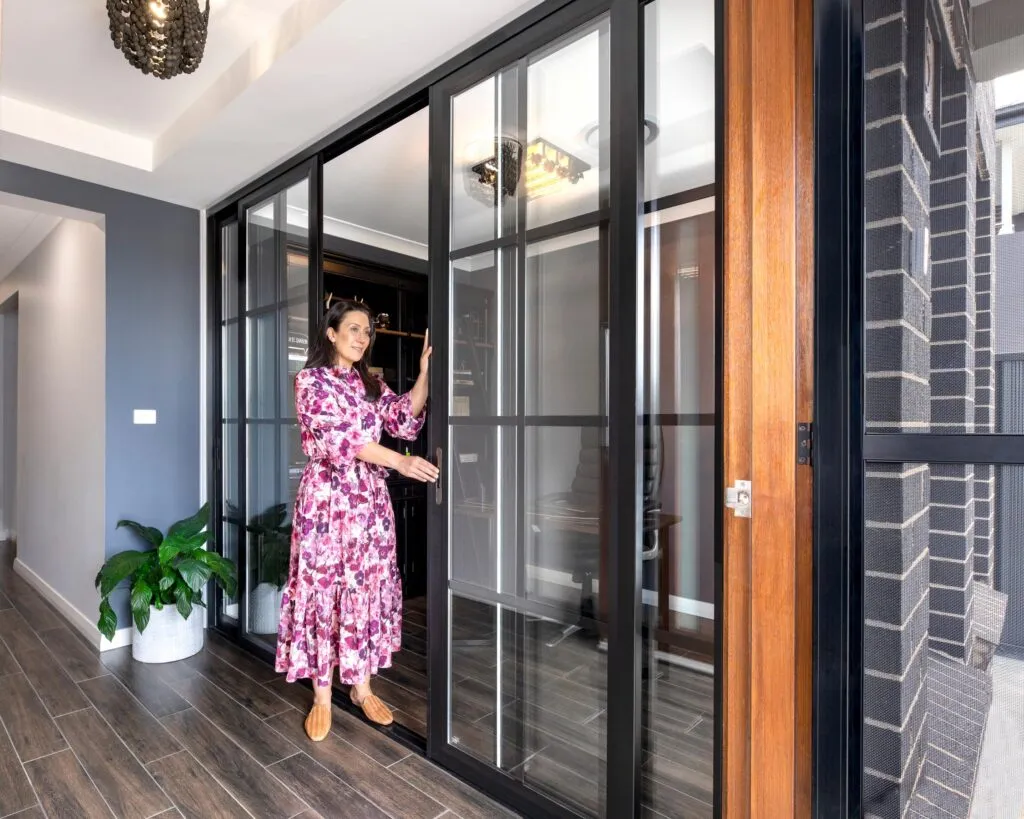
Check the top and bottom areas where the sliding track will go and measure their available clearance. This ensures there’s enough room for smooth, unobstructed sliding.
Does Door Size Affect Cost?

Yes, larger aluminium sliding doors generally cost more due to the extra glass, reinforced tracks, and structural support they require.
Prices also vary based on material, glass type, and hardware, so it’s smart to balance your budget with the door’s function and design appeal.
FAQs About Aluminium Sliding Door Sizes
1. What are the most common aluminium sliding door sizes?
Most standard sizes range from 1500mm to 6000mm wide and 2100mm to 2400mm high, depending on the number of panels.
2. Can aluminium sliding doors be customized?
Yes, aluminium sliding doors can be fully customized in height, width, panel count, glass type, and frame finish to fit unique spaces.
3. How much space is needed for sliding door tracks?
You’ll need extra clearance above and below the opening to fit the track system—usually around 50mm–100mm depending on the hardware.
4. What’s the best size for small spaces?
For tight areas like bedrooms or balconies, a 2-panel door between 1500mm and 1800mm wide is a smart, space-saving choice.
Conclusion

Choosing the right aluminium sliding door size can make a big difference in how your space looks, feels, and functions. From standard widths to custom configurations, getting the right fit ensures better comfort, design flow, and long-term performance.
Need help finding your perfect size? Take accurate measurements, consider your space, and connect with a trusted supplier to explore the best options for your project.

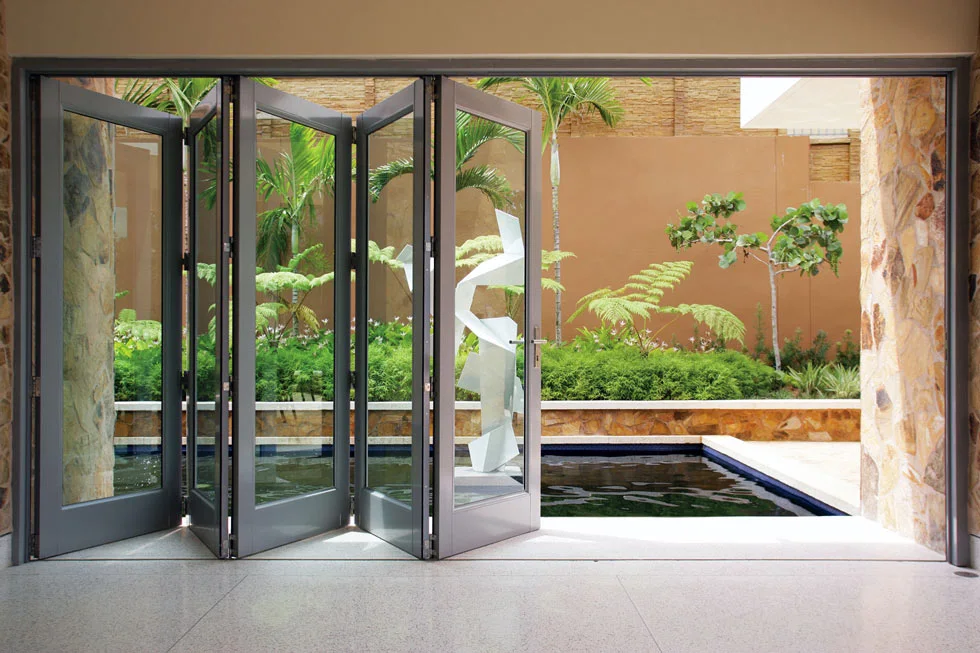

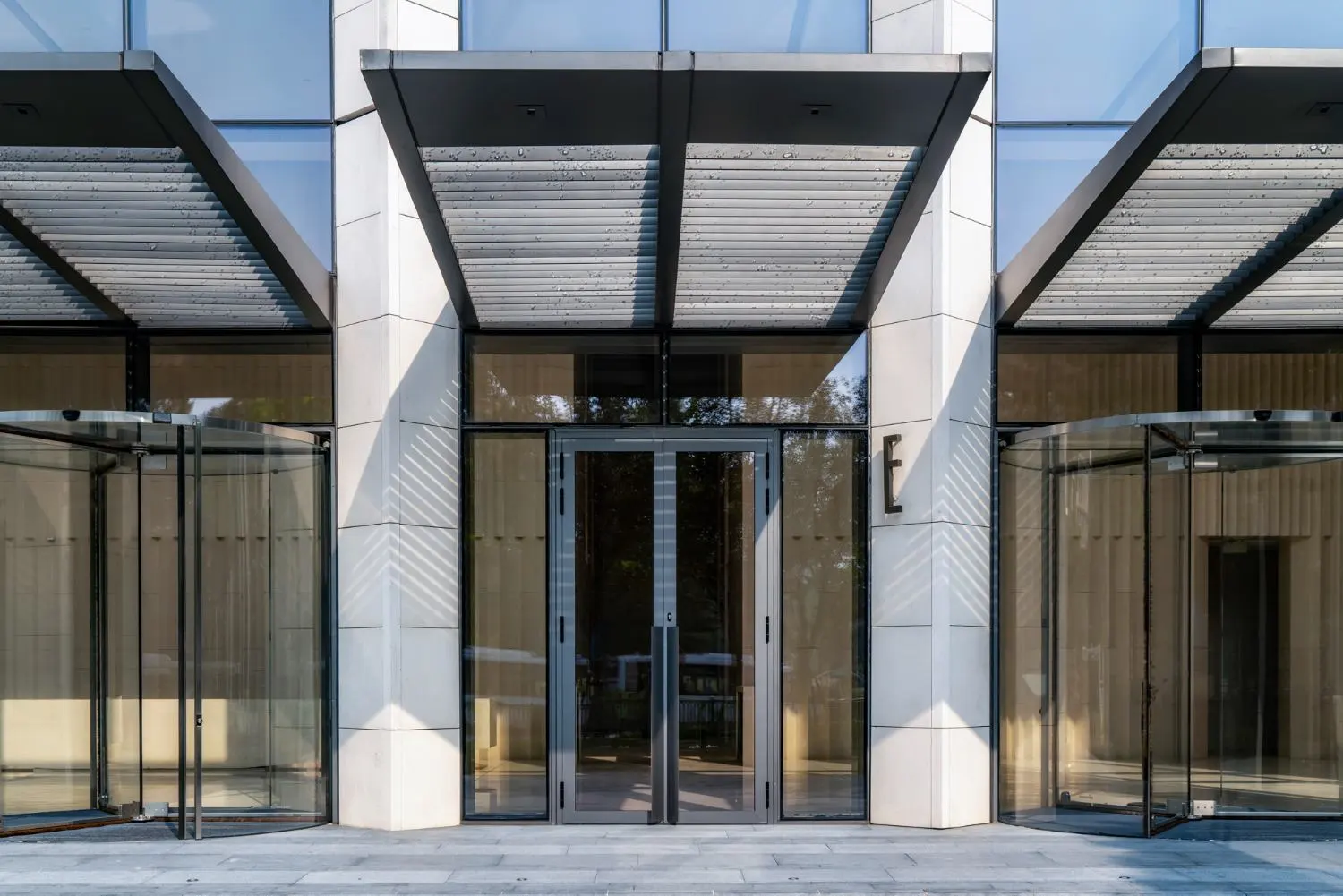

![Diagram of aluminium sliding door panel configurations - Aluminium Sliding Door Sizes Guide [2025] - APRO Diagram of aluminium sliding door panel configurations](https://aprowin.com/wp-content/uploads/2024/11/Diagram-of-aluminium-sliding-door-panel-configurations.webp)

